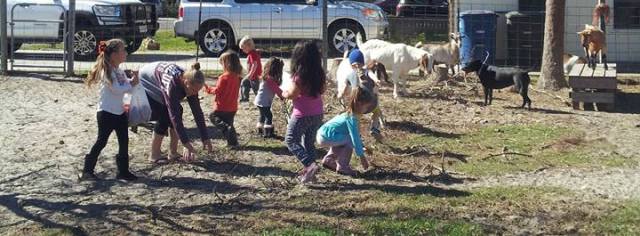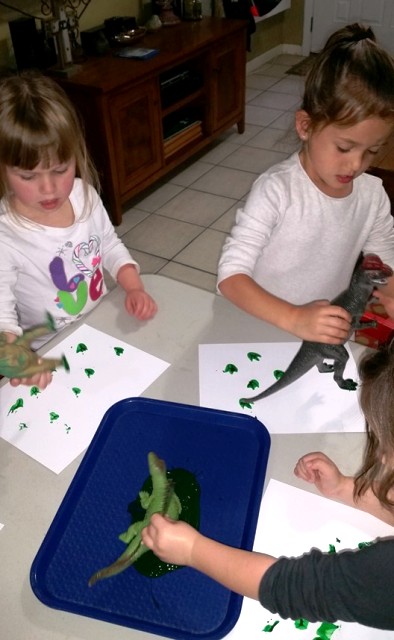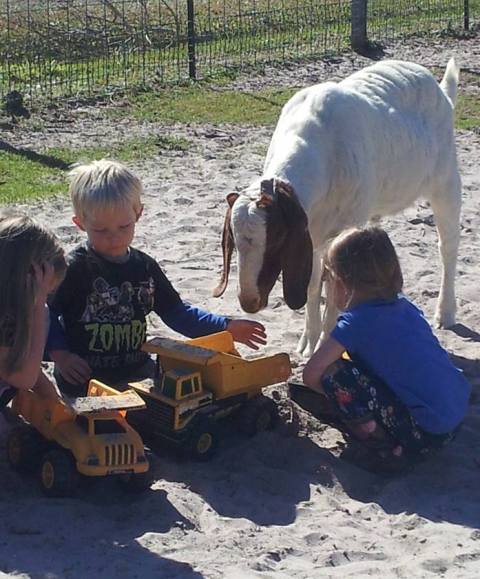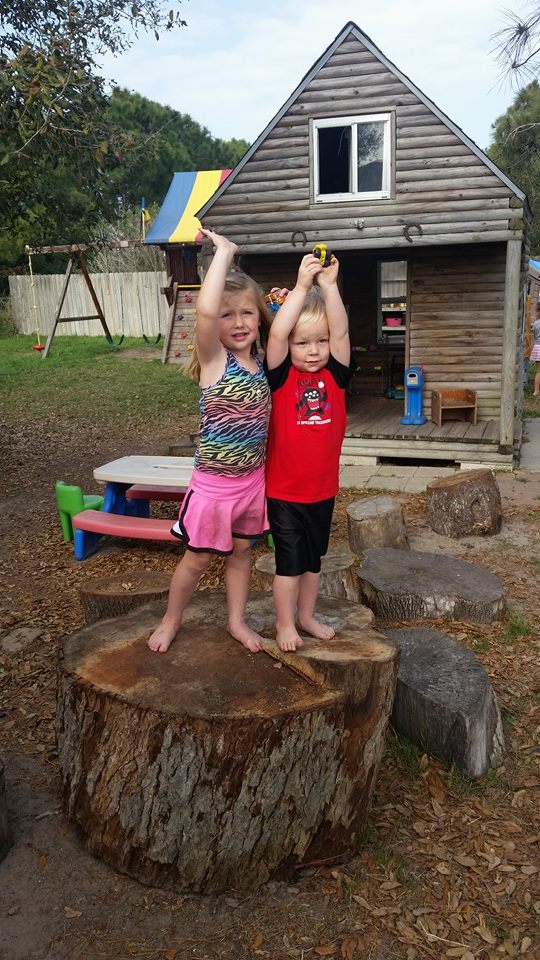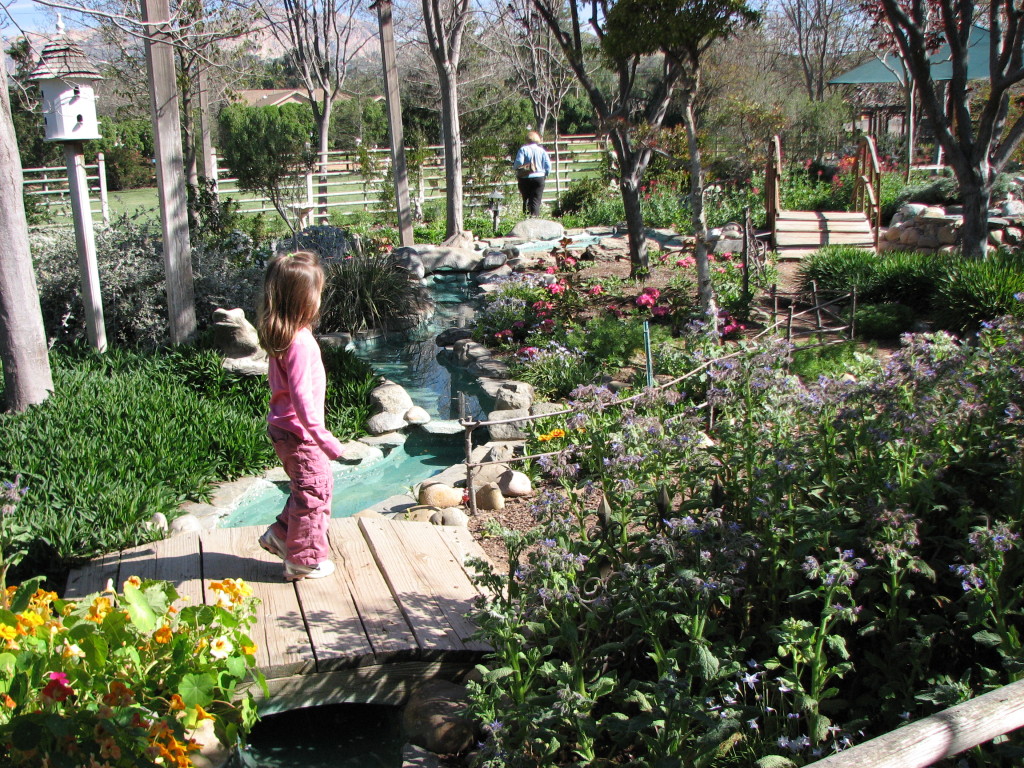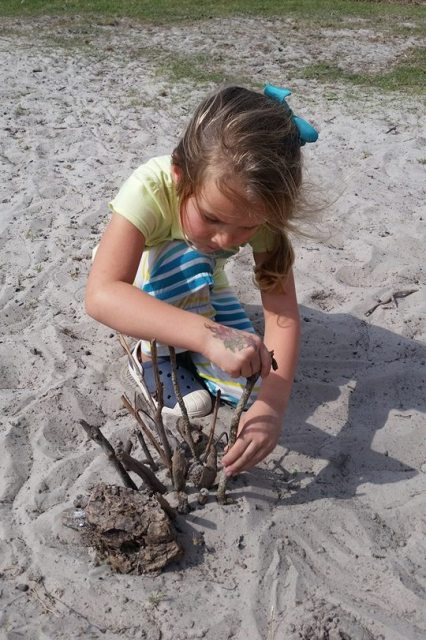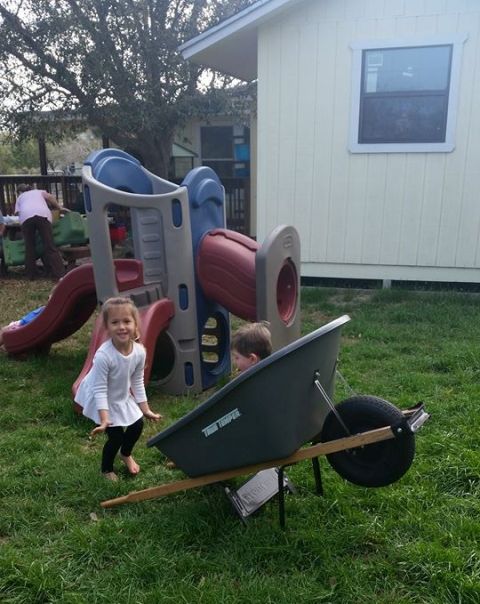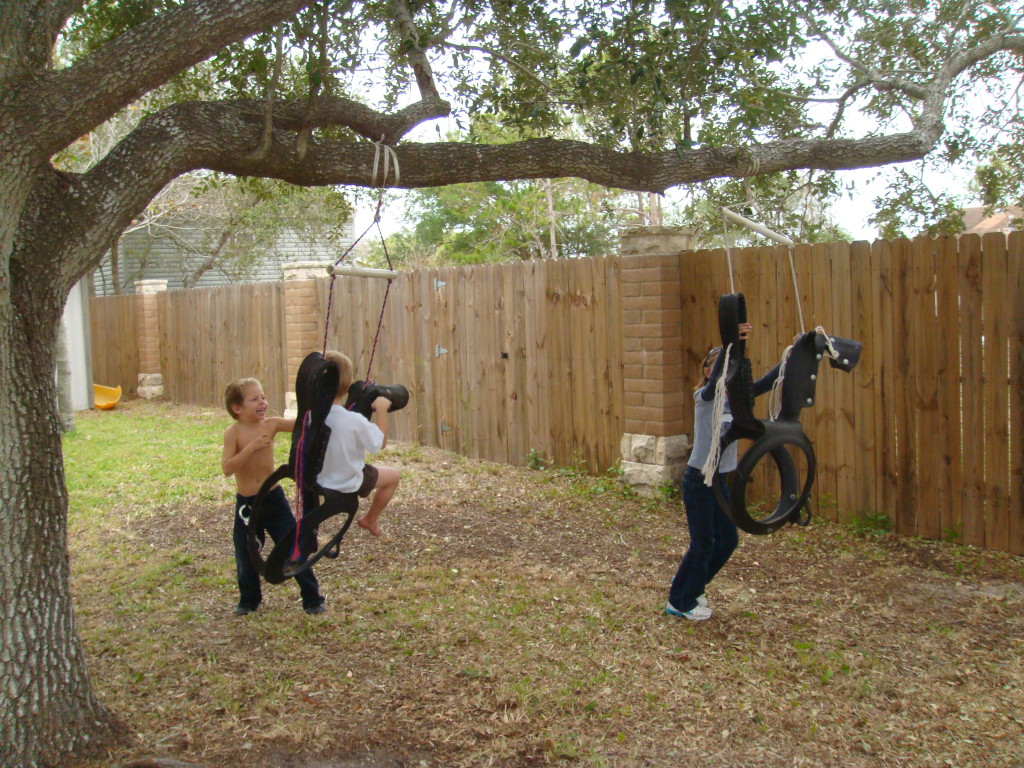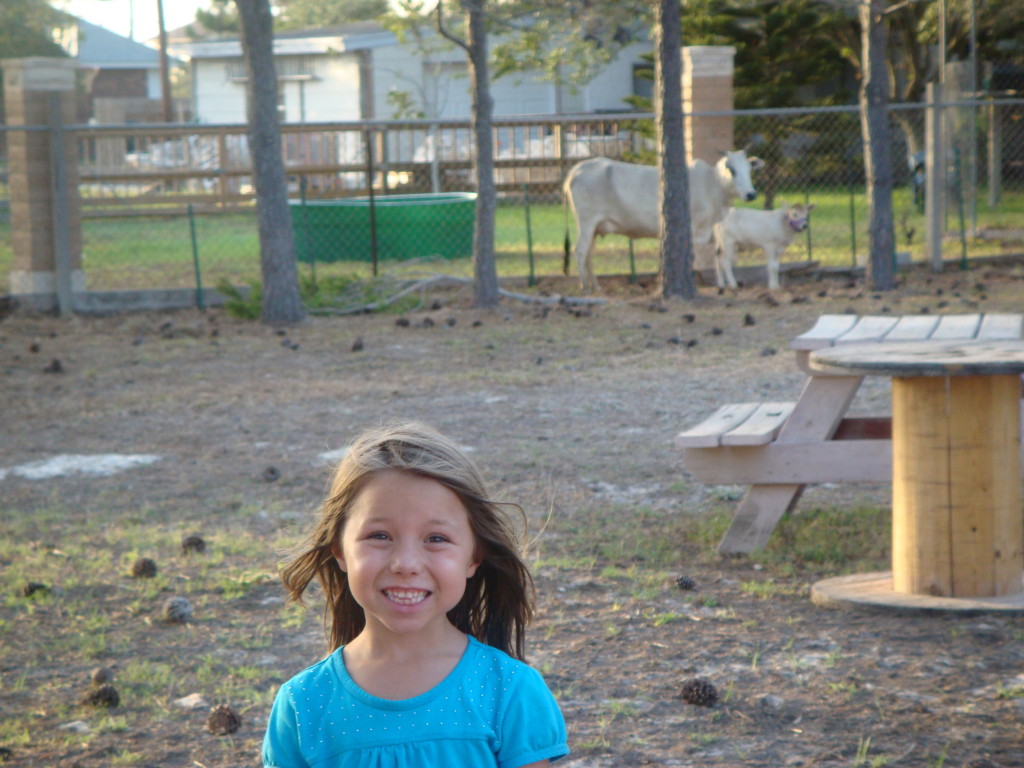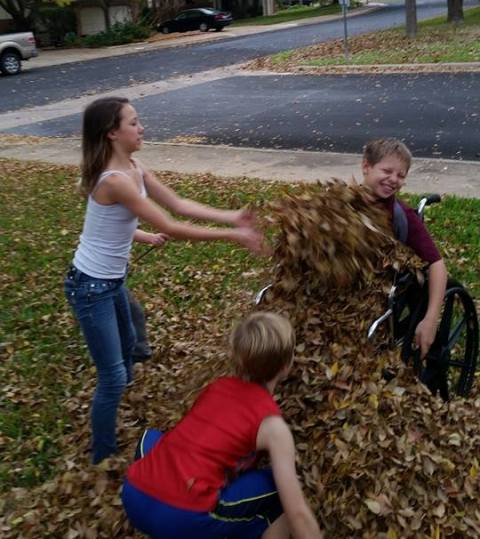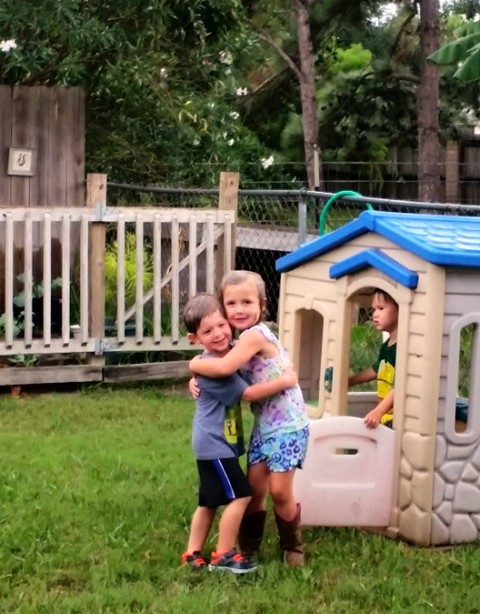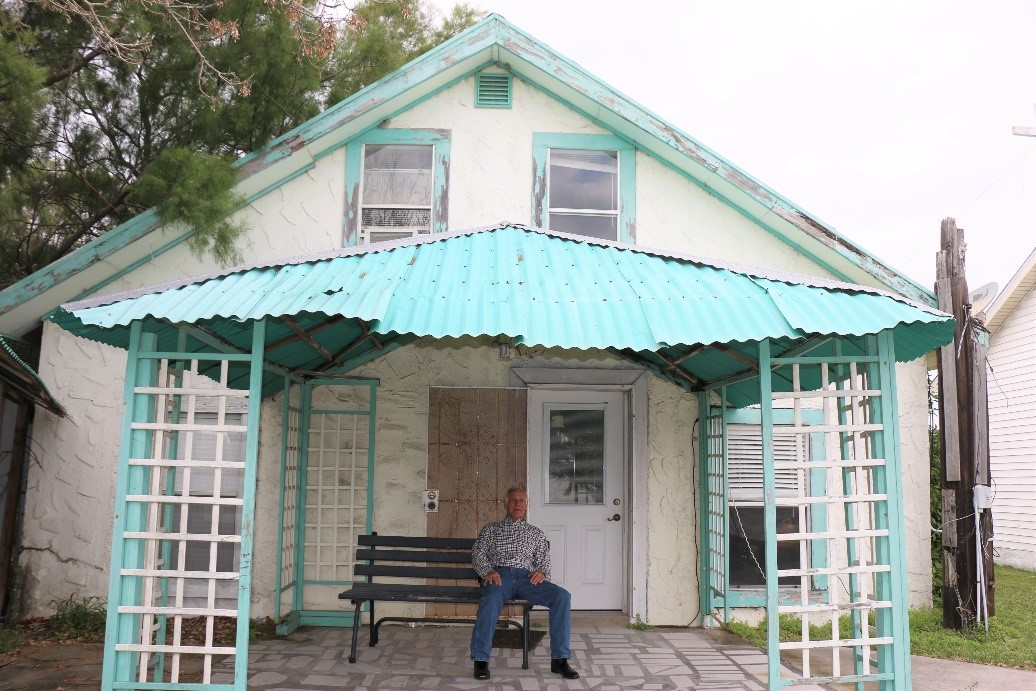[spacer height=”20px”]
It is hard to believe that it is already March again. Where has the time gone? For parents of young children, many are anxiously anticipating the start of kindergarten in a few months. They may be flipping through flash cards, helping their child learn to write his name, working on kindergarten readiness computer programs, teaching him to tie his shoes, or any other number of tasks geared at making sure the child is ready to start school. However, many parents must work and are faced with the daunting question of, “Where will little Johnny be going to preschool?” So parents begin visiting schools, taking tours, doing interviews, getting on waiting lists, putting down deposits, and praying that little Johnny gets into the most prestigious preschool in town. At this point, as a preschool teacher, I want to pull the emergency brake on this runaway train and prevent it from crashing and burning! How did we get to this point? Parents now view preschools the way they once did colleges. The biggest problem is that these children are 3, 4, and 5 year olds. They do not have career paths laid out yet, nor do they need to do so. The million dollar question is: How do we ensure that children are prepared for kindergarten while still allowing them to be kids?
[spacer height=”20px”]
[spacer height=”20px”]
We live in a world that is very different from when many of us were growing up. We once spent hours playing outside with our siblings and friends. We didn’t have cell phones, iPads, computers, or handheld game devices. Our televisions didn’t have thousands of channels from which to choose, and toys didn’t fill our houses to the ceiling. Kids created games to play with each other outside. They rode bikes, climbed trees, made mud pies, collected insects, and lay in the grass soaking up the warm sunshine. It was during these fun-filled hours that kids learned to problem solve because they knew that going inside to ask for help might end the game. This also taught them how to get along with each other when they disagreed on something. They relied on their language skills to help them resolve disagreements so that they could get back to playing. These play times did not have to be scheduled as play dates and were not interrupted by little Johnny having to be at soccer practice, Tae-Kwon-Do, swimming lessons, piano, or baseball. Now, we are always in a hurry to get from one activity to the next with our children. There is no down time for kids to simply be kids. We have over-structured our lives and the lives of our children, and by doing so, we have created stress for everyone involved.
[spacer height=”20px”]
[spacer height=”20px”]
When I taught kindergarten, I saw this same phenomenon occurring in the classroom. Teachers, forced to squeeze as much learning into a school day as was humanly possible, found only 20 minutes of unstructured free play in a seven-hour day for their kids. The rest of the time was spent teaching whole group and small group lessons at a break-neck pace inside the confines of our classroom walls. In those five years, I saw technology go from 1 or 2 computers in a classroom for station time to class sets of iPads, COWS (Computers On Wheels), SMART boards, SMART tables, and technology labs with all of the bells and whistles that you would expect to see in Best Buy and Apple stores. Kids were no longer connected with each other, the teacher, or the outdoors. We were wiring them to be connected to a device at all times. Yes, you heard me right. “WE” were wiring them that way. Kids are not born this way. They learn it from us.
[spacer height=”20px”]
These devices have replaced reading to your child, counting with your child, singing with your child, going on walks with your child, cooking with your child, exploring with your child, talking to your child, and bonding with your child. Yes, a child can play some amazing academic games on their devices. Yes, you can even download books on the device that will read to your child. Yes, they can download all of their favorite songs and sing along with them. When used as a supplement and in extreme moderation, all should be fine. The problem occurs when the devices start to guide our children – and us – in our daily lives.
What if I told you that there is one tool that you can use to teach your preschooler everything that she needs to know to be ready for kindergarten? Better yet, what if I told you that it is free and that we all have access to it any time we want? I assure you that I am not a con artist or a scammer. I simply bring you the truth. The one thing that all children need and benefit from is nature. The great part about this is that nature is all around us. It doesn’t have to come in the form of a forest or something that you would see on a postcard. It is a backyard, a field, a garden, a pond, a farm, a beach, a park, or any other outdoor area with plants, animals, and natural landscape. According to the National Wildlife Federation, “The average American boy or girl spends as few as 30 minutes in unstructured outdoor play each day, and more than seven hours each day in front of an electronic screen.” As a result of this we are seeing childhood obesity rates increase as well as the stress levels of children. We are seeing more children diagnosed with ADD and ADHD as well as depression.
[spacer height=”20px”]
[spacer height=”20px”]
When I was teaching kindergarten, I saw more and more of this each year. In 5 years I never had a class where at least one child wasn’t being medicated for one or more of these disorders. At first I was oblivious to the possible causes and how I could become a solution, but over time it became apparent to me. My students started school at 7:45 and dismissed at 2:45. During that time they had one 20 minute recess where they were allowed to play outside. Lining up for recess was always the noisiest and most anxious part of the day. They were chomping at the bit to get outside. When the doors opened they would flood down the sidewalk and onto the playground. The air was filled with the sound of laughter and squeals. Then, in the blink of an eye, the 20 minutes was up. I would blow my whistle and wait for the children to line up. The second we walked back in the building that carefree feeling was gone. I began to understand that being outdoors was the key to a child’s soul. When they were outside they were at ease and free. They allowed their senses to take over and guide them. They didn’t worry about being right or wrong because in nature you are always learning something new from your observations and experiences. No one is judging you.
[spacer height=”20px”]
After spending five years in the public school system, teaching and observing children, I came to the realization that I no longer believed in how I was being asked to teach children. I envisioned what I believe to be a better way for children to learn. Please hear me when I say that I am not condemning anyone for teaching in other ways. I know that teaching is an art and that each teacher has her own style. I, too, have tried various methods in my teaching career, but what I have found is that the one thing that always works is nature. In fact, I read a book a few years ago called Last Child in the Woods: Saving Our Children from Nature-Deficit Disorder by Richard Louv. He writes in detail about how times have changed and how children no longer have a relationship with nature. He explains the physical and mental changes that we have seen in children in the past few decades and how they are related to a lack of direct experiences with nature. Louv also goes on to explain how we, as parents and teachers, can close this kid-nature gap that has become the norm.
I’m sure that right now many of you are thinking, “Dirt?! Bugs?! I don’t like any of those things.” First, don’t panic. You don’t have to hold the bugs or roll in the dirt (although if you’d just do it once you’d probably find that you like it). Second, have an open mind and allow yourself to engage with nature using all of your senses. If your children or students see you enjoying, relaxing, and exploring when outdoors, then they are more likely to do the same. On the other hand, if they see you being fearful of things in nature, they too will likely become afraid of things in nature.
[spacer height=”20px”]
[spacer height=”20px”]
The main thing to remember is that there is no right or wrong way to expose children to nature. Maybe you are not yet a nature enthusiast. Don’t worry. Use your time outdoors to develop this love of nature with your child. They will not only form bonds with the natural world around them but with you as well. Children will follow our lead and once they feel comfortable, they will venture out on their own to explore.
At this point, little Johnny’s parents are scratching their heads and trying to see how having daily experiences in and with nature are going to prepare their sweet little Johnny for kindergarten. How will he ever learn the alphabet, how to count to 20, his letter sounds, how to write his name, his basic shapes, and all of the other skills that we expect young children to learn? As the teacher, I can sense their anxiety and take the opportunity to remind them what the true meaning of kindergarten readiness is entering kindergarten ready to learn. Yes, knowing letters, numbers, shapes, sounds, and colors are beneficial, but that is only half of the equation. Our job as preschool teachers is to ensure that our children are able to walk into a kindergarten classroom and do the following:
• Follow directions
• Focus attention
• Take turns
• Share
• Control themselves
• Solve problems with words rather than aggression
• Work independently
• Work well in a group
• Have age-appropriate social skills and the ability to make friends
• Communicate with other children
• Communicate with adults
[spacer height=”20px”]
The Professional Association for Childcare and Early Years (PACEY) did a study about what it means to be school ready. Part of the research was a survey where they asked parents, childcare professionals, and school teachers what skills children needed to be considered school ready. Over 75% of the 2,100 people surveyed said that the most important things were “the confidence to be in school without their parents and strong social skills to interact with children and adults.” The survey found that the least important elements were the basic academic skills. Therefore, while the trend in society seems to be moving more in the direction of academic readiness for preschoolers, research shows us that we need to spend our time helping children develop the social skills necessary for school and life.
This can be accomplished by having some adult-led large group activities that are active and short. The most effective way to help children develop these skills is through unstructured free play. During this time, it is important to give children the freedom to choose what they play, with whom they play, and the materials with which they choose to play. We must also provide children with ample time for their free play to unfold and develop. The 20 minutes allotted for our kindergartners to have free play doesn’t even allow them time to scratch the surface. In order for children to be able to take full advantage of this time, we need to allow for an hour to an hour and a half each day. This time can take place indoors and/or outdoors. Either way, we must ensure that we have an appropriate play space available to the children.
The indoor environment should have ample space for children to move freely. There should be areas for busy and noisy activities as well as areas for quieter ones. Children should have the freedom to rearrange the play area during the free play time. This space should also have a variety of objects for the children to use in their play. The objects should vary in size, material, texture, and purpose. The more open-ended the toys are, the more the children will use their imaginations to create.
[spacer height=”20px”]
The outdoor environment should have all of the same things that the indoor environment does -as well as more space to run, jump, climb, and play. Outdoor play equipment can be very expensive to purchase, but what I have learned is that it is not always necessary. Be creative in your outdoor spaces. Use pavers to outline a sandbox. Have baskets available with natural materials such as rocks, acorns, leaves, pinecones, sticks, shells, and other natural playthings. Take scrap lumber pieces and allow children to build with them. Collect old tree stumps for your backyard and just watch how quickly your children begin to climb on them, jumping one to the other.
When we give children the opportunity to freely explore and play in these environments, they begin to develop their language and their social and emotional skills. When problems arise, the children will learn how to solve them usually on their own. It is crucial that we stop swooping in to save them right away. We must first observe and assess the situation. Give them time to process the problem and find a solution. If you see that they are struggling, then offer assistance and suggestions. As time goes on, they will become more independent in their problem solving and more confident in their ability to do so. For many this may seem like the children’s learning is limited in an environment where the child is given so much free choice. How can they possibly be learning anything if all they are doing is playing? I see proof of it every day in my preschool.
Related article: Texas School Sees Immediate Results
